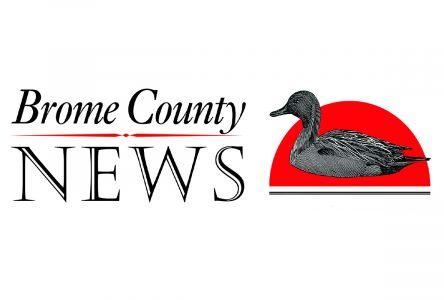When apple-picking time comes around this fall, wheelchair users will be able to roll up to a stand of pick-your-own trees at Au Coeur de la Pomme, a Frelighsburg orchard, for the first time. They will also be able to use adapted tables at the onsite picnic area, reach the second floor of the facility’s historic barn, access the boutique and explore the site on a wheelchair-friendly outdoor trail; the washrooms will also be made fully accessible.
“We have received groups of visitors from a centre for people with disabilities in Sutton and a centre in Frelighsburg,” explains co-owner Stéphanie Lévasseur. “Some had reduced mobility in addition to intellectual disabilities, and we realized that we weren’t entirely adapted to their needs. When we started an overall renovation in 2020, we knew we wanted to make it fully accessible.”
Lévasseur is not alone. “More and more attractions are being set up with accessibility in mind,” says Danie Béliveau, spokesperson for Tourisme Cantons de l’Est. “The more accessible places there are, the more people will go.”
To carry out the renovations,Lévasseur received a grant of just over $85,000 from a provincial tourism ministry program, the Programme d’accessibilité d’établissements touristiques (PAET), which recently funded accessibility projects at the Granby Zoo and the Parc des Sommets in Bromont. The program distributed a total of $2.7 million in funding.
PAET applicants received logistical support from Kéroul, a Montreal-based organization with a provincewide mandate that maintains an exhaustive guide to Quebec’s accessible tourist attractions.
“We have been around for 42 years, encouraging the tourism sector to become more accessible,” says Bromont resident Nathalie Roy, Kéroul PAET co-ordinator. “We evaluate tourist sites to give them an accessibility rating, and we can also offer training to CEGEP and university tourism programs.” Roy visited facilities run by PAET applicants “to see the current state of things… and make recommendations to the owner or promoter. They used the recommendations to build their plans, and then the plants were analyzed and evaluated by an architect and the recommendation was made to the [funding] committee.”
“People think that accessibility is necessarily expensive, but when it is built into plans for new buildings, that’s not necessarily the case,” says Roy. “People [without disabilities] used to believe that if you’re handicapped, you don’t leave the house, but of course you do.”
Roy says the PAET has kickstarted an existing trend toward more accessible tourist attractions. “The program has definitely created more interest…but in general, we have an aging population, and because of the COVID-19 pandemic, people are more inclined to keep their distance and avoid touching things.”
Roy explains that accessible features such as wide corridors, step-free access and larger washrooms help elderly people and parents with strollers, in addition to wheelchair users; a sign or counter that is at an accessible height for an adult wheelchair user is also accessible for a child. “Often,” she says, “minor changes can make a difference.”
“People think making a site accessible will be expensive and a lot of work, but sometimes it’s simple,” says Lévasseur, the orchardist. “The rubber carpets we put down to make it easier for wheelchair users [to access the orchard] are actually not that complicated. We just never thought of them before.”

